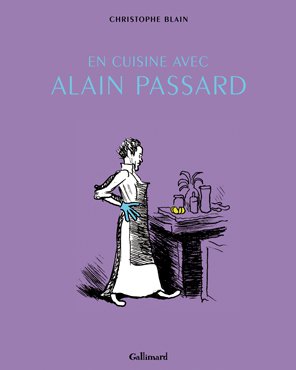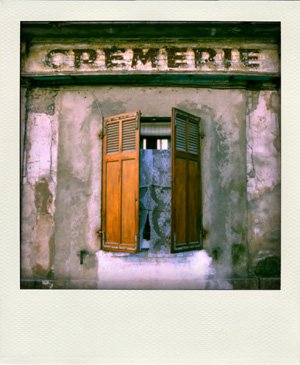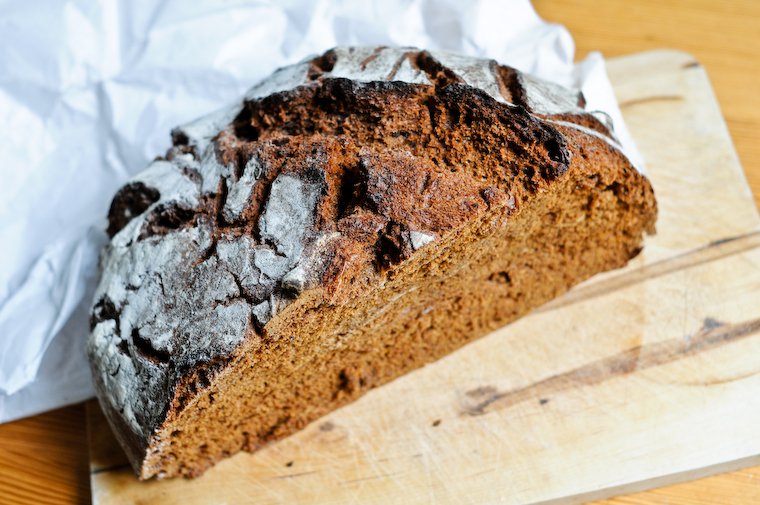France has a vivid culture of comic books and graphic novels, which are grouped under the general term bande dessinée (literally, drawn strip), often shortened to BD and pronounced bédé. It is a remarkably rich and diverse genre, with titles to appeal to all ages and interests, from kids’ comics to historical sagas, from humorous social commentary to science fiction.
My father has an extensive collection of them, one that filled an entire room in the apartment where I grew up: from floor to ceiling, shelves groaning with several thousand albums he had amassed since his teens, reflecting a passion he further fueled by weekly expeditions to the specialized bookstores of the Latin Quarter.
My sister and I were shaped by this. From the moment we could read we started reading bandes dessinées, and while other children watched television (we owned no tv set, our parents were not interested), we spent our childhood and teenage days ravenously working our way through these storytelling gems, constantly discovering new age-appropriate (and sometimes age-inappropriate, but no less educational) series to delve into.
It was still a time when most people viewed the genre in a mildly disparaging way, believing it boiled down to silly little drawings to keep the kids entertained, but we knew better.
Some series I read and re-read dozens of times, and for a very long time, they were the primary window through which I saw the world, the stories they told and the characters that inhabited them leaving a deeper imprint on me than any book I ever read or movie I ever watched.









